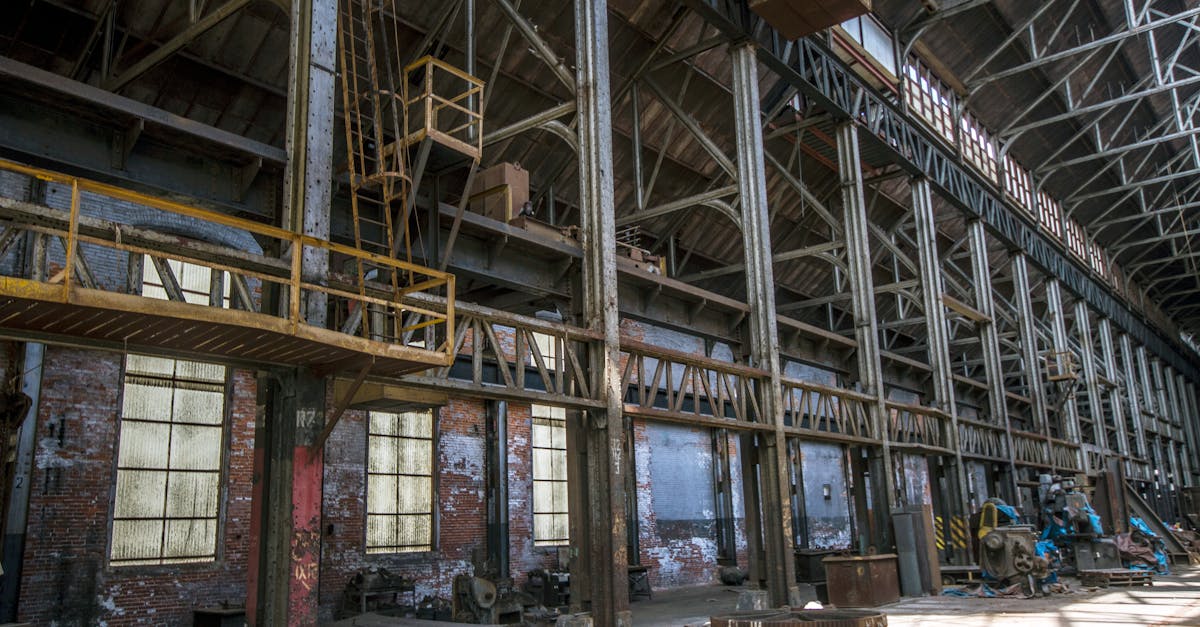
Introduction
At a recent rally in Pennsylvania, former President Donald Trump took to the stage to promote what he labeled a monumental deal between the American steel industry and Japan’s Nippon Steel. The speech, laden with economic promises and industrial optimism, highlighted an agreement that Trump believes will transform the steel landscape in the United States. This collaboration between Nippon Steel and US corporations is poised to bolster America’s steel production capacity. The rally, attended by thousands, served as a stage to address the challenges and triumphs of the American steel industry. Trump’s emphasis on the role of strategic alliances in the industry set a tone of renewed enthusiasm for manufacturing. The former President's proclamation raised questions about future economic impacts and potential job creation.
The Agreement's Objectives
The Nippon Us Steel deal aims to revitalize the US steel industry and enable it to compete more aggressively on the global market. At its core, the agreement seeks to modernize steel plants, investing in cutting-edge technology that promises efficiency and sustainability. It's anticipated that the partnership will drive innovation, ensuring the production of high-quality, competitive steel products. Environmental concerns are also addressed, reflecting a commitment to reducing emissions. Infrastructure advancements will be necessary to accommodate expanded production capabilities. This venture stands as an example of cross-national cooperation aligned with mutual benefits.

Mikhail Nilov/Pexels
Economic Implications
Economically, the agreement could have far-reaching effects. Trump stressed the creation of thousands of jobs, especially in Pennsylvania and nearby states, which have historically depended on steel manufacturing. The deal is seen as a potential cornerstone for rebuilding local economies hit hard by the decline in traditional industries. It is not just about job creation; increased steel exportation could also improve the US trade balance. However, economists caution that market competition and global price fluctuations could temper these optimistic projections. There is also the potential for shifts in steel tariffs and policies that could either bolster or complicate the deal.
Domestic Industrial Outlook
Revitalizing the steel industry could have profound implications for domestic manufacturing. A robust steel industry is essential for sectors like automotive, construction, and defense. Emphasizing "Made in America," the steel produced through this deal is expected to enhance national security by reinforcing domestic supply chains. Additionally, the agreement holds the promise of stimulating related industries, fostering broader economic growth. Concerns remain, however, about adapting to modern demand and technological expectations. In today’s fast-evolving industrial landscape, innovation and efficiency are pivotal to capturing market share.
Bilateral Relations and Trade
Beyond economics, the Nippon Us Steel deal marks a significant chapter in US-Japan relations. It underscores the potential of strategic industrial alliances in reinforcing international relations. Historically, the US and Japan have collaborated across various sectors, and this steel partnership is a testament to strengthening economic ties. While celebrating trade relations, Trump emphasized mutual advantages, noting that both nations stand to gain from streamlined production and shared technological advances. Yet, the potential for trade disputes or conflicting national interests remains a backdrop consideration. The diplomacy of economic partnerships continues to evolve dynamically.
Environmental Considerations
Sustainability emerged as a key topic during Trump's rally. Modernizing steel mills involves an array of environmentally-conscious technologies, promising reduced carbon footprints. This commitment aligns with broader global initiatives to mitigate climate change. Innovative practices, like electric arc furnaces powered by renewable energy, stand at the forefront of these efforts. However, meeting these ecological goals requires substantial investment. Despite potential economic benefits, environmental activists underscore the need for stringent oversight and accountability in any expansion plan. The challenge lies in balancing industrial growth with responsible resource management.
Community and Industrial Challenges
Communities tied to the steel industry watch with cautious optimism, aware of the mix of challenges and opportunities. The resurgence of steel production offers hope for economic revitalization but brings concerns over potential environmental degradation. For communities relying on coal and other traditional fuels, the industry's modernization carries implications for shifts in occupational demand. There is also the challenge of equipping the workforce with skills suited to an evolving industrial framework. Community leaders emphasize education and retraining programs as essential to navigating this transition.
Broader Political Implications
Politically, Trump's promotion of the Nippon Us Steel deal fits into larger narratives of industrial resurgence and job creation. It echoes his administration’s past strategies of fostering domestic growth through international partnerships. Steel remains symbolic in American political discourse, representative of strength and resilience. The rally embodied broader political aims, serving as a platform to discuss national economic visions and global influence. Opposition voices question the deal’s long-term efficacy and transparency. Yet, supporters tout it as a model for future industrial policies.
Critiques and Concerns
Despite its optimistic presentation, the Nippon Us Steel deal has ignited critiques from various quarters. Environmentalists highlight the potential ecological risks associated with increased production. Trade analysts query the implications of global market responses. Labor organizations delineate the need for fair wages and working conditions for new jobs created. Transparency in contractual details remains a significant public demand. Historically, US steel deals have faced hurdles, and this venture is likely no different. Addressing critiques is crucial to maintaining public confidence and ensuring sustained investment success.
Conclusion
In conclusion, the Nippon Us Steel deal symbolizes a potential turning point for the American steel industry, embodying hopes for economic rejuvenation and industrial evolution. Trump's rally underscored the importance of strategic alliances and highlighted prospects for national and bilateral growth. While optimism remains high, practical challenges of environmental management, job creation, and community adaptation cannot be overlooked. Political, economic, and societal factors interlace within this venture's fabric. As the realities of this deal unfold, it remains a focal point of discussion on the American industrial landscape.